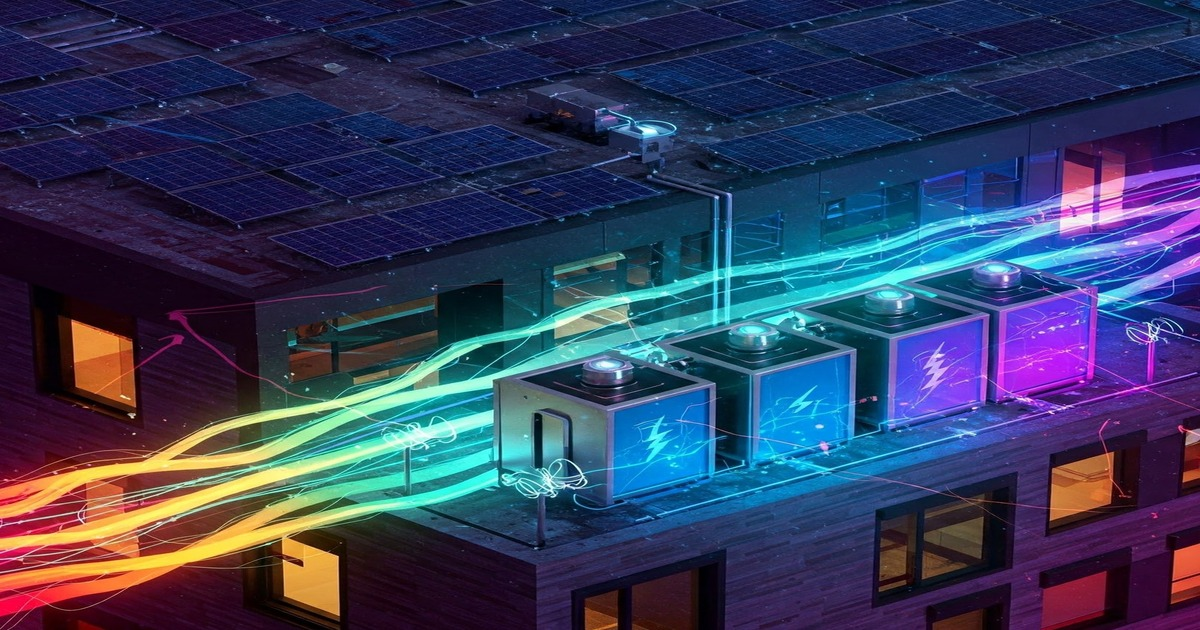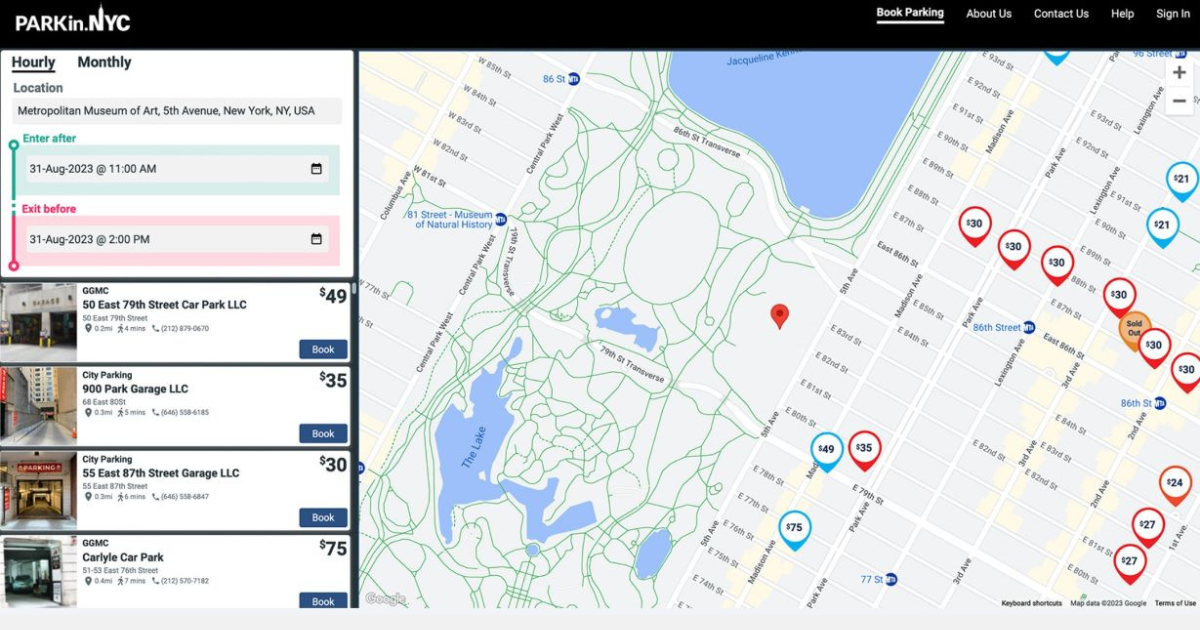Unlock the Full Potential of Smart Buildings: Edge Compute and Containerization for Enhancing Efficiency, Security and Flexibility

The advent of smart buildings has revolutionized the way we perceive and interact with our surroundings. Driven by advanced technologies such as IoT, AI and cloud computing, these intelligent structures are now capable of improving energy efficiency, enhancing user experiences, and optimizing overall building performance. However, the rise in the number of applications and devices utilized by smart buildings has increased the complexity and cost of their management.
To address these challenges, operators have been transitioning applications to the cloud and abandoning the benefits of on-premise systems. However, this doesnít need to be an ďeither-or,Ē operators can get the simplicity of cloud management and the benefits of on-premise with containerization and managed edge computing. By using these technologies, building managers can not only enhance security but also reduce the cost of management and streamline onboarding for new buildings.
Managed Edge Compute: Better On-Premise Computing
Cloud-managed edge computing is a sophisticated approach that seamlessly integrates the centralized management, monitoring and scalability of cloud computing with the performance, security and low-latency advantages of on-premise computing. In this hybrid architecture, edge devices are deployed on-premises but are managed and controlled through cloud-based platforms, delivering an efficient, cost-effective solution tailored for smart buildings. By offering the best of both worlds, cloud-managed edge computing provides building operators with a powerful tool that balances the need for simplified management with enhanced performance, security, and privacy. Additionally, managed edge-compute solutions are often provided under a Hardware-as-a-Service model, allowing operators to reduce CAPEX costs. This innovative solution brings several key advantages to smart buildings:
- Real-Time Decision Making: By processing data locally through on-premise edge computing, real-time analytics and decision-making can be enabled for various building functions, such as HVAC systems, lighting, and security. This allows for quicker adjustments and more efficient management of building resources while maintaining the benefits of cloud-based management.
- Enhanced Privacy: With cloud-managed edge computing, sensitive data can be processed and stored on-premises, reducing the need to transmit it over the network. This minimizes the risk of data breaches and ensures compliance with privacy regulations.
Simultaneously, it allows building operators to manage and monitor the on-premise infrastructure through cloud-based management tools, simplifying the overall process.
- Reduced Bandwidth Consumption: By performing data processing at the edge, only essential information needs to be transmitted to the cloud, thus conserving bandwidth and reducing network congestion. This approach results in faster response times and lower latency while still enjoying the benefits of centralized management, monitoring, and updates provided by the cloud.
- Clustering Devices at the Edge: Cloud-managed edge computing allows for the grouping of multiple edge devices within a smart building, creating clusters that can work together to distribute processing loads and optimize resource utilization. Clustering provides several benefits, including increased redundancy, improved fault tolerance, and enhanced load balancing. This approach ensures that even if a single edge device fails, the other devices within the cluster can continue to operate, maintaining the overall performance and stability of the system.
Containerization: Boosting Security and Simplifying Management
Containerization, a lightweight virtualization technology, has evolved over the years to become a fundamental aspect of modern software development and deployment. The origins of containerization can be traced back to the early 2000s, but it was the launch of Docker in 2013 that truly popularized the concept, making it more accessible and user-friendly for developers and IT professionals alike.
Containers enable multiple, isolated applications to run on a single host or server by packaging the application and its dependencies into a single unit. This approach offers several benefits for smart buildings:
- Enhanced Security: Containerization isolates individual applications from one another, mitigating the risk of vulnerabilities or malware spreading from one container to others. This isolation significantly reduces the attack surface, as compared to having individual hardware for each application. Additionally, the ephemeral nature of containers allows for rapid deployment of patches and updates, further strengthening the security posture of smart buildings.
- Lower Cost of Management: With centralized hardware, IT and building managers can reduce expenses associated with deploying, monitoring, and maintaining multiple devices. Containers enable efficient resource utilization, allowing multiple applications to share the same hardware without negatively impacting performance. This leads to reduced energy consumption and lower operational costs.
- Easy and Consistent Onboarding: Containerization simplifies the process of adding new applications or services to a smart building's infrastructure. By providing a consistent "stack" across buildings, containerization enables applications developers to easily deploy applications, reducing cost of integrations and the need for a system integrator. Moreover, containerization gives owners a way to standardize software in their portfolio despite inconsistent hardware from building to building.
Combining Containerization and Edge Compute: Cloud-like Benefits at the Edge
The integration of containerization and edge computing technologies can significantly enhance the benefits for smart buildings by delivering cloud-like advantages at the edge. The synergy between these two technologies can be demonstrated through the following aspects:
- Efficient Resource Allocation: Containerization optimizes hardware resources, while edge computing ensures that data processing occurs close to its source. This combination allows for more efficient allocation of resources and better overall performance, enabling smart buildings to run multiple applications simultaneously without compromising speed or functionality.
- Scalability and Flexibility: The combination of containerization and edge computing enables smart buildings to scale up or down as needed, adapting to changing requirements with ease. This flexibility allows building managers to deploy new applications or services quickly, keeping pace with evolving technology trends and user demands.
- Streamlined Deployment and Management: Integrating containerization and edge computing simplifies the deployment and management of applications across multiple buildings. Building managers can monitor and control applications centrally while leveraging the benefits of localized data processing and decision-making.
Conclusion
The integration of containerization and managed edge computing offers smart building operators a powerful solution that delivers the benefits of cloud computing while preserving the advantages of on-premise systems. This innovative approach not only enhances security and reduces the cost of management but also streamlines the onboarding process for new buildings. As smart buildings continue to evolve and incorporate more sophisticated technologies, the importance of containerization and edge computing will only grow, and operators should consider solutions like View Secure Edge, which offers a comprehensive and cost-effective way to bring edge compute to smart buildings. Also, visit our website to learn more about the new containerized version of Tridiumís Niagara framework and how you can standardize your smart building stack with Tridium and Secure Edge. By embracing these solutions, building managers can stay ahead of the curve and unlock the full potential of intelligent infrastructure in a secure and cost-effective manner.
This Week’s Sponsor
View is the leader in smart building platforms and smart windows that transform buildings to improve human health and experience, reduce energy consumption and carbon emissions, and generate additional revenue for building owners. View is installed and designed into 49 million square feet and Smart Buiding Cloud operates in over 650 buildings. Visit smartbuildingcloud.view.com and www.view.com.
Read Next
 3/27/2025
3/27/2025
The Convergence of Edge Computing, Cloud, and AI in Building Automation and Smart Buildings In the built environment, we have seen the convergence of Operational Technology (OT) and Information Technology (IT), later expanding to include Workplace Technologies (WP).
 3/27/2025
3/27/2025
DC Power: A Holistic Approach to Energy Savings in Commercial Buildings In today's energy-conscious world, businesses constantly seek ways to reduce their carbon footprint and operational costs.
 3/13/2025
3/13/2025
How to Achieve Eco-Friendly Facility Management Commercial real estate operators and facility managers are focusing on sustainable practices to minimize environmental impact, create healthier workplaces, improve productivity and lower operational costs.
 1/23/2025
1/23/2025
When It Comes To Managing Propertiesí Parking, Technology Is Key Itís easy for developers and real estate owners to think of parking as a necessary evil. They know they have to provide it (often, because itís mandated by code), they understand that prospective tenants and buyers expect to be provided parking, but they havenít figured out how to maximize its value.








.gif)


